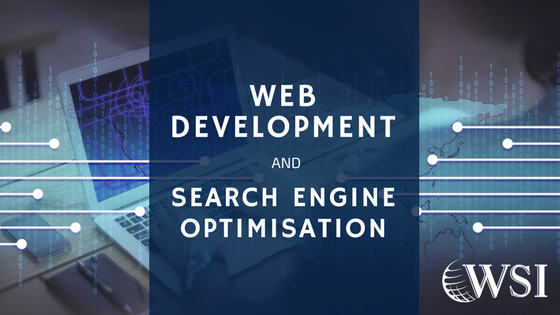
An engaging website is essential to your online success and provides the hub for your digital marketing campaigns. Good web development and SEO practices mean happy customers which keeps you in Google’s good books.
Too often, businesses underestimate the importance of effective search engine optimisation (SEO) in terms of web development. SEO is not a standalone feature or function and needs to be implemented during the build, not added in later. It’s integral to your web development process which essentially involves designing a website for search marketing and lead generation.
Web Development Best Practice
Most websites have to achieve more than one goal and some may even have multiple marketing objectives. Brand awareness, education and sales are just a few. It’s important to focus on what your customers and potential customers want. Understanding who your target audience is and what they want from your site is essential. Using buyer personas is an ideal starting point to guide you in the right direction.
Websites are no longer static shop windows, it’s an interactive platform that keeps your customers engaged and builds brand loyalty. Many people still see a website as an expense and something that just forms part of doing business. This is a big misconception that needs to be nipped in the bud. Good web development is an investment especially when you’re selling online. It allows for quick and easy purchasing and repurchasing as well as effective online customer support and interaction.
Planning your website is crucial and involves more than just the font, colour and layout. Once you understand what you need in terms look and functionality, you need a comprehensive marketing plan. This includes all other online strategies to attract visitors to your site. Without things like SEO and paid search campaigns, how will people know your website exists?
Web Development and SEO Basics
It’s important to remember that search engines are limited in how they crawl the web and interpret content. A website does not look the same to us as a search engine sees it. Ensuring search engines can easily crawl and interpret your content is the first step to improve your visibility in online search results.
Good on-site SEO combined with quality and relevant content across your online channels will generate organic search results. The only way to achieve near immediate ranking results is through paid search advertising. We’ve covered this in a previous article and if you missed it, you can read it here.
SEO is much more than just keywords, synonyms and content marketing. In fact, there are numerous technical aspects on the back-end that help determine where pages rank in search results.
Content, Indexing and Ranking
For better search engine results, first make sure that search engines can access your page. Crawlers often ignore or devalue images, Flash files, Java applets and content within iframes. Despite advances in technology, search engine crawlers are limited when indexing content in Flash or Silverlight. For that reason, your most important content should always be in HTML text format.
A few advanced tactics include the following:
- provide ALT text for images
- appropriate text formatting, i.e. H1, H2, BOLD, Italics and remember to use shorter paragraphs
- use white space as it improves readability
- include an xml sitemap to submit to search engines and then an html sitemap to help visitors find your content easier
- supplement Flash or Java plug-ins with on-page text
- provide a transcript for video and audio content
Many websites struggle to index content so we recommend that you always double-check. In Google Search Console, use Fetch as Google in the Crawl section or use SEO-browser.com and the MozBar. Here you’ll see what elements of your content search engines can see and index.
Internal Link Structure
A link building strategy should align with your content, the structure and where you want to add important link value. You need internal links that search engines can crawl. Don’t bombard your visitors with links to thin content, too many ads or other disruptive interstitials ruining the user experience.
The structure and words you use in your links are vital for good SEO. It helps search engines understand the relationship and importance between the page and the rest of the website. Words in the link also tells search engines how relevant that page is to a specific topic or keyword.
An optimised URL structure should be short and descriptive, use hyphens instead of underscores with keywords at the beginning. Keywords in URL’s should describe the page content while using as few words as possible. Avoid stop words like but, the, a, of, on to name a few.
Are Meta Tags Still Relevant?
The Meta title and description is what search engines, like Google, show in the search results. Although not as important as earlier years, they still play a part in web development. A meta description tag provides search engines with a descriptive piece of text displayed along with your web page title.
Good meta descriptions increase the likelihood that your listing will be clicked on over a competitor’s. As a result, better click through rates and an increased amount of traffic from search engines. Your meta descriptions are essentially your ad copy and naturally, good ad copy means more business.
In a similar way, the meta keywords tag used to be very effective but is no longer really part of web development. As a matter of fact, meta keywords can negatively impact your website’s performance. They provide your competitors with an ideal opportunity to see which keywords you want to rank for. It’s probably a good idea to try and avoid using these on any of your pages.
How To Make A Good Title Tag
Although not necessarily a meta tag, the title tag of your webpage still plays a vital role in search engines and your visitors. Title tags appear in search engine listings as headlines so make sure each page is unique and contains targeted keywords. Follow these simple guidelines to make a good title tag:
- Use targeted keywords as close as possible at the beginning
- Title tags should be less than 60 characters. Longer ones won’t negatively affect rankings, they will just be truncated which could affect the number of web visitors.
- As it’s the headline for your page, include an accurate and compelling description of the content
The content of the title tag also appears at the top of your web browser in the tabs. This makes it incredibly important as users can identify your website when switching between tabs in their browser.
If you’re ready to take the next step toward online success with a fully optimised, SEO-friendly website, give us a call on 01453 542761. Alternatively, get in touch through our website or find us on Facebook, Twitter, LinkedIn or Google+.
Related Post
What’s the single...
Adam Vincenzini from Comms Corner recently posted a very good article which I think goes...
- January 25, 2011
- By Rob Thomas
- Blogging
Effective Facebook Marketing...
With over 600 million users, Facebook represents the single most connected platform on...
- March 1, 2011
- By Nadine Thomas
- Latest Online Trends
Monitor, Influence and Lead...
Get Actively Involved in the Outcome of Search Results Don’t take negative publicity...
- April 28, 2011
- By Rob Thomas
- ORM
Free Online Reputation...
Listen to What’s Being Said About You Online (Free online reputation monitoring...
- May 5, 2011
- By Rob Thomas
- ORM
Top Tips for Product Page...
As the internet evolves and user expectation becomes increasingly sophisticated, creating...
- May 31, 2011
- By Rob Thomas
- e-Commerce
How To Drive Sales With...
Landing pages have long been the primary tool of the web-savvy marketer. Whether the...
- June 12, 2011
- By Nadine Thomas
- e-Commerce


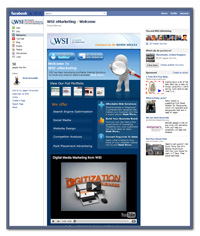

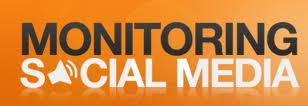
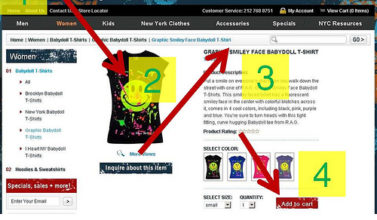
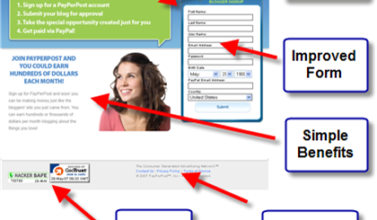




Leave a Comments